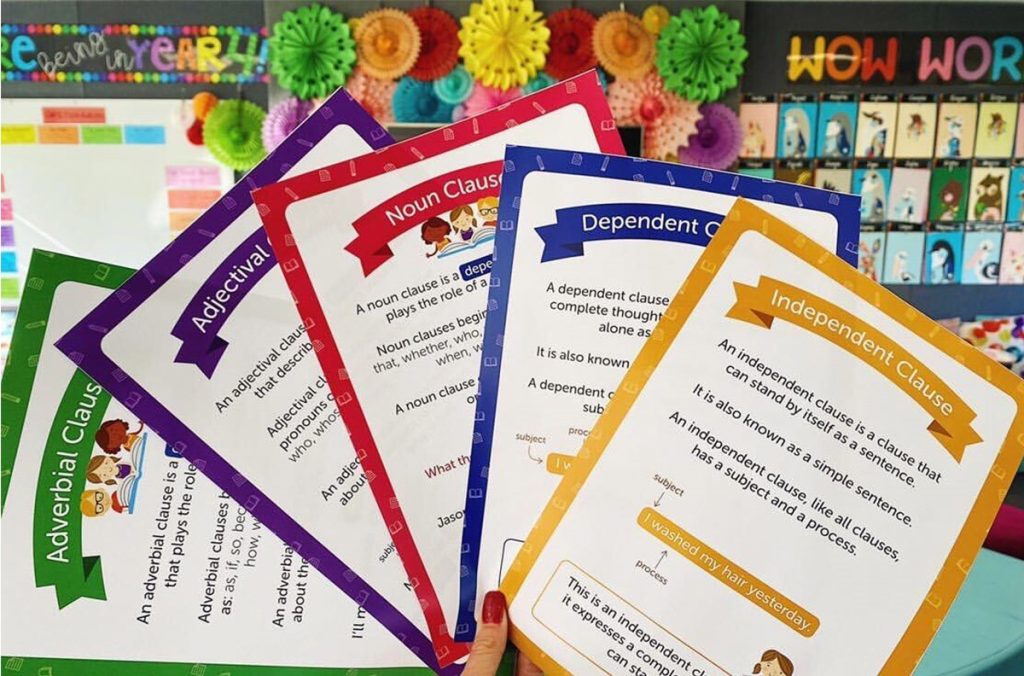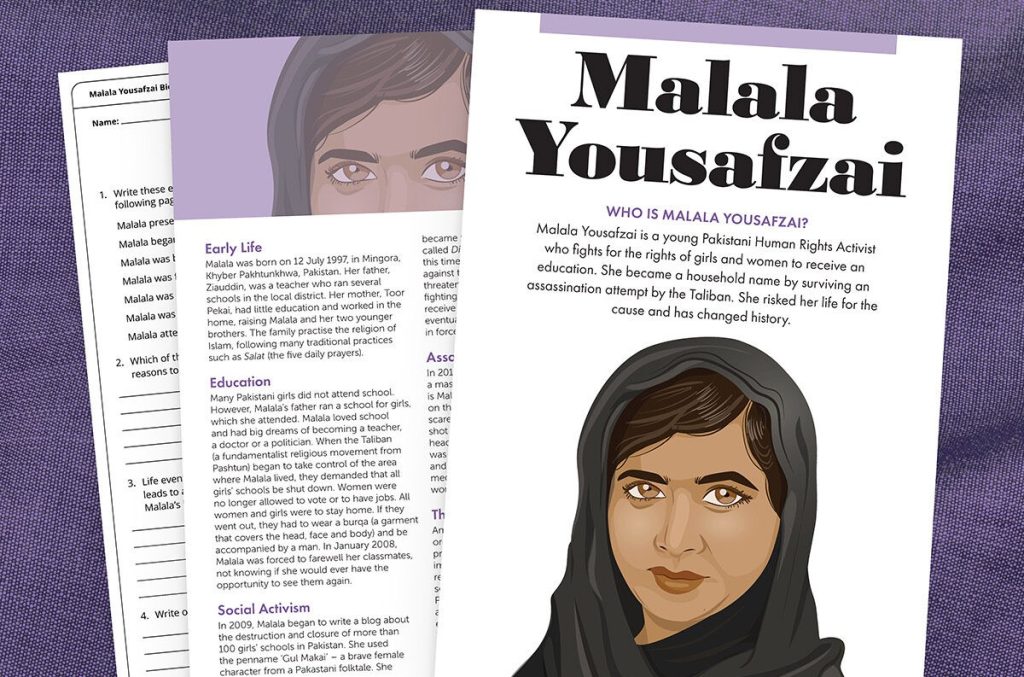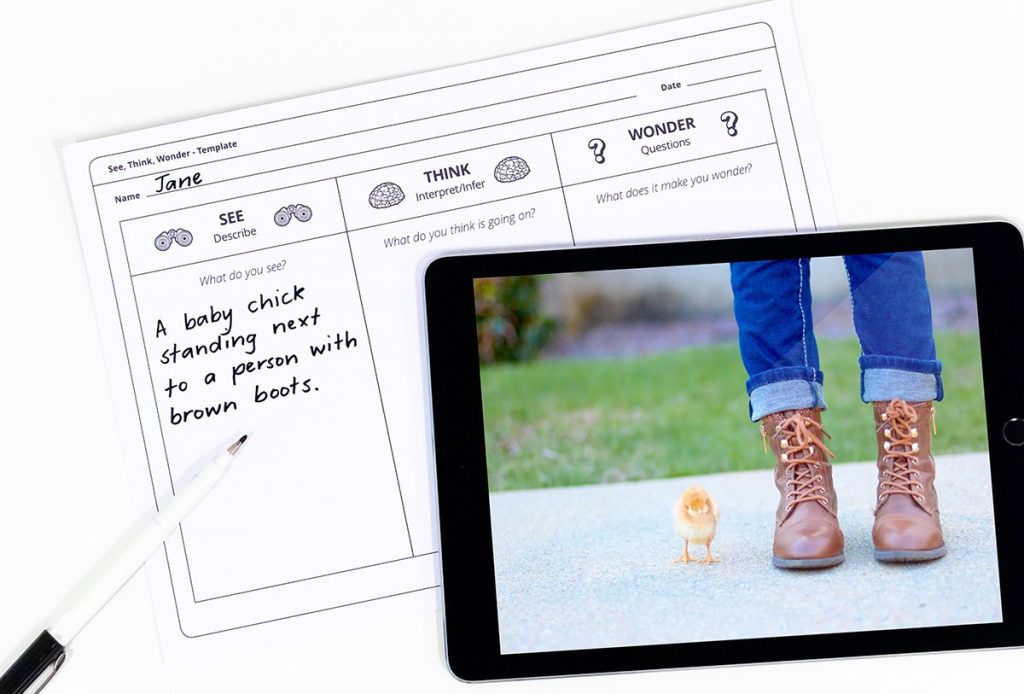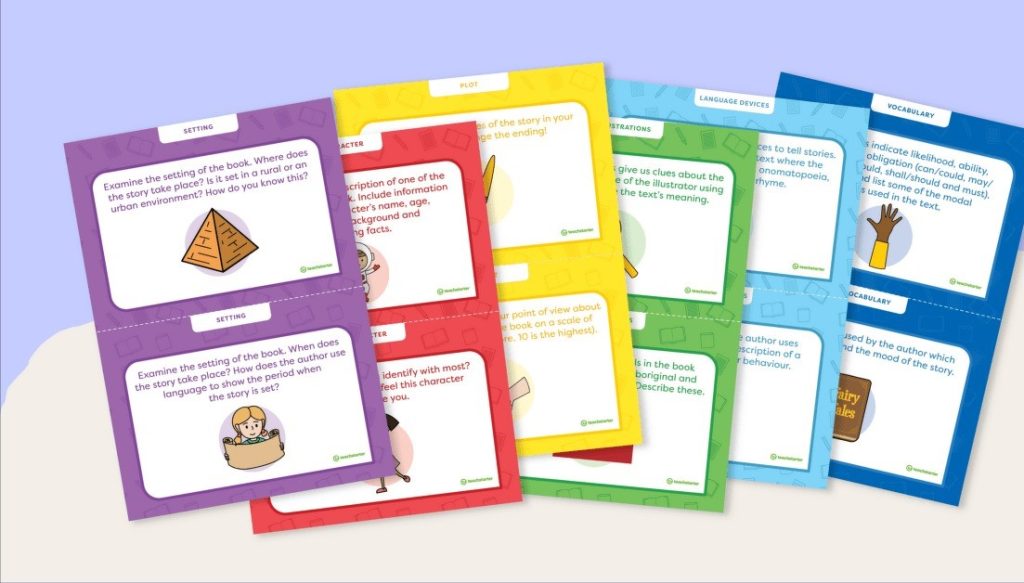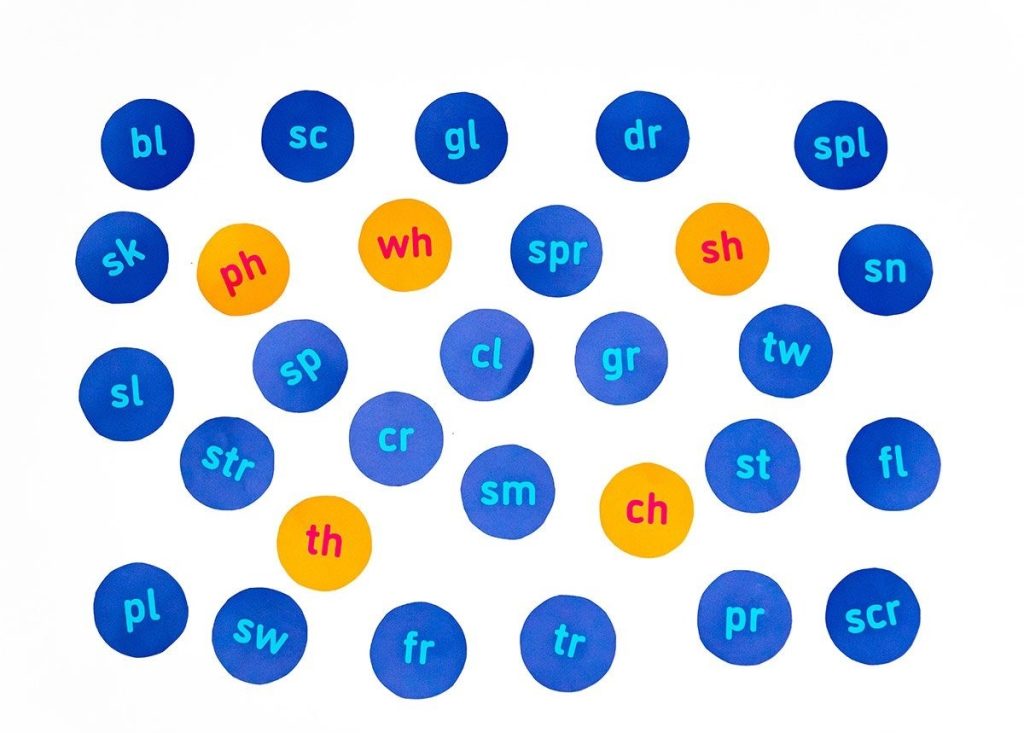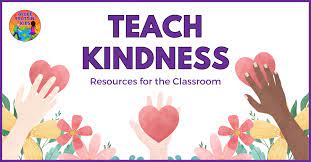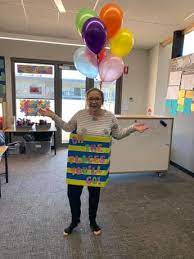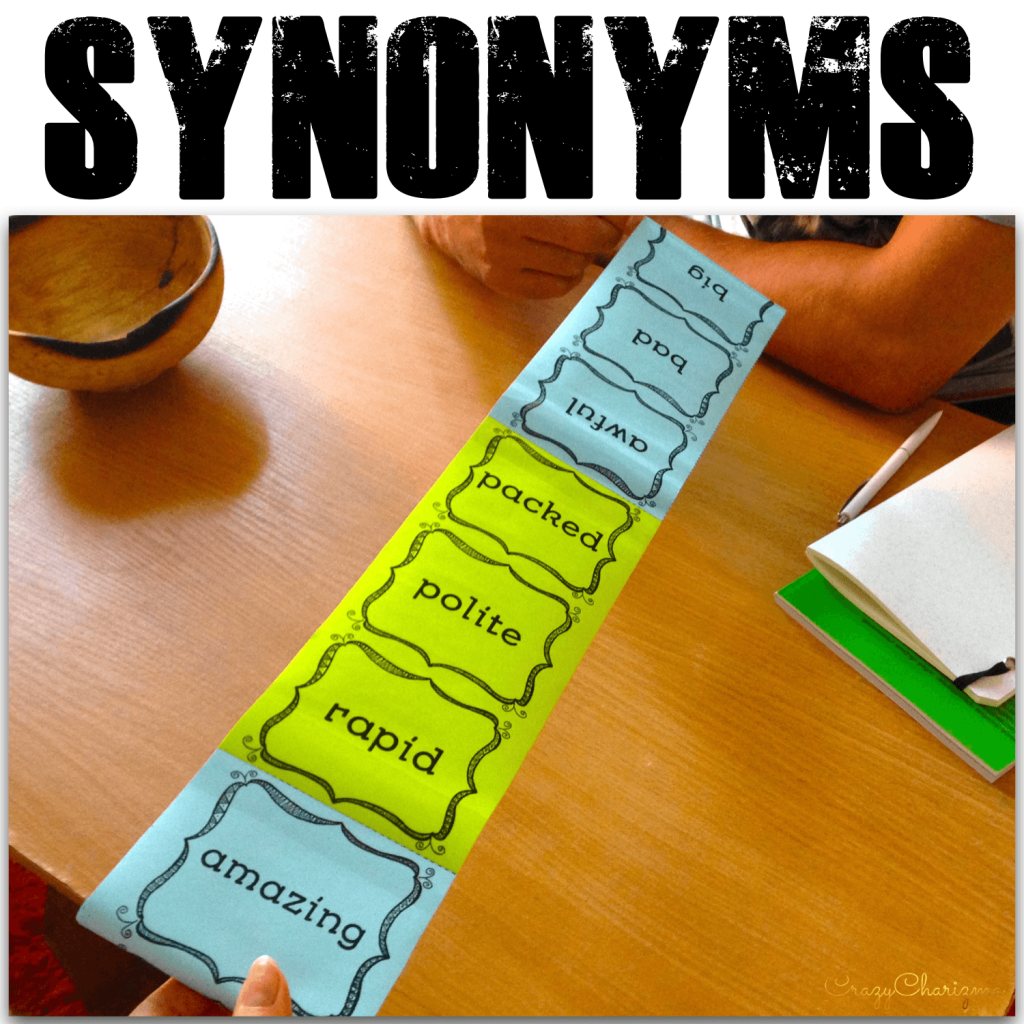Mastering sentence structure is essential for students and writers who want to communicate their ideas effectively. Whether you’re teaching English grammar or looking to improve your own writing skills, the following resources and activities offer a varied and engaging approach to understanding the complexities of sentence construction.
1. Purdue OWL (Online Writing Lab): This comprehensive resource offers detailed sections on sentence clarity and style. Exercises on identifying sentence fragments, run-ons, and comma splices give users practical experience in recognizing common errors.
2. Grammarly’s Handbook: An online guide that provides clear explanations of sentence structure elements. Grammarly’s real-time writing feedback can also help identify structural issues in sentences as they are written.
3. Khan Academy – Grammar: With interactive exercises and instructional videos, Khan Academy helps students learn at their own pace. Topics include proper sentence construction and avoiding common mistakes.
4. NoRedInk: A dynamic digital platform that builds stronger writers through interest-based curriculum, adaptive exercises, and actionable data. It focuses on improving sentence fluency among other grammar skills.
5. The Hemingway Editor: A web-based tool that highlights lengthy, complex sentences and common errors. Ideal for self-editing, it encourages users to split or shorten sentences for clarity.
6. Daily Grammar Lessons: Through email subscription or blog format, these lessons offer daily practice in various aspects of grammar, including sentence types and structures with quizzes to test knowledge retention.
7. English Grammar 101: An online course designed for different skill levels. Modules on sentence structure are delivered through rich multimedia resources such as tutorials, videos, and quizzes to provide an interactive learning experience.
Incorporating these resources into your learning routine can foster a better understanding of sentence structure which is critical for conveying messages with precision and flair. Both teachers and learners can benefit from the mix of instructional content, practical application, and personal editing tools that these sensational sentence structure resources offer.
